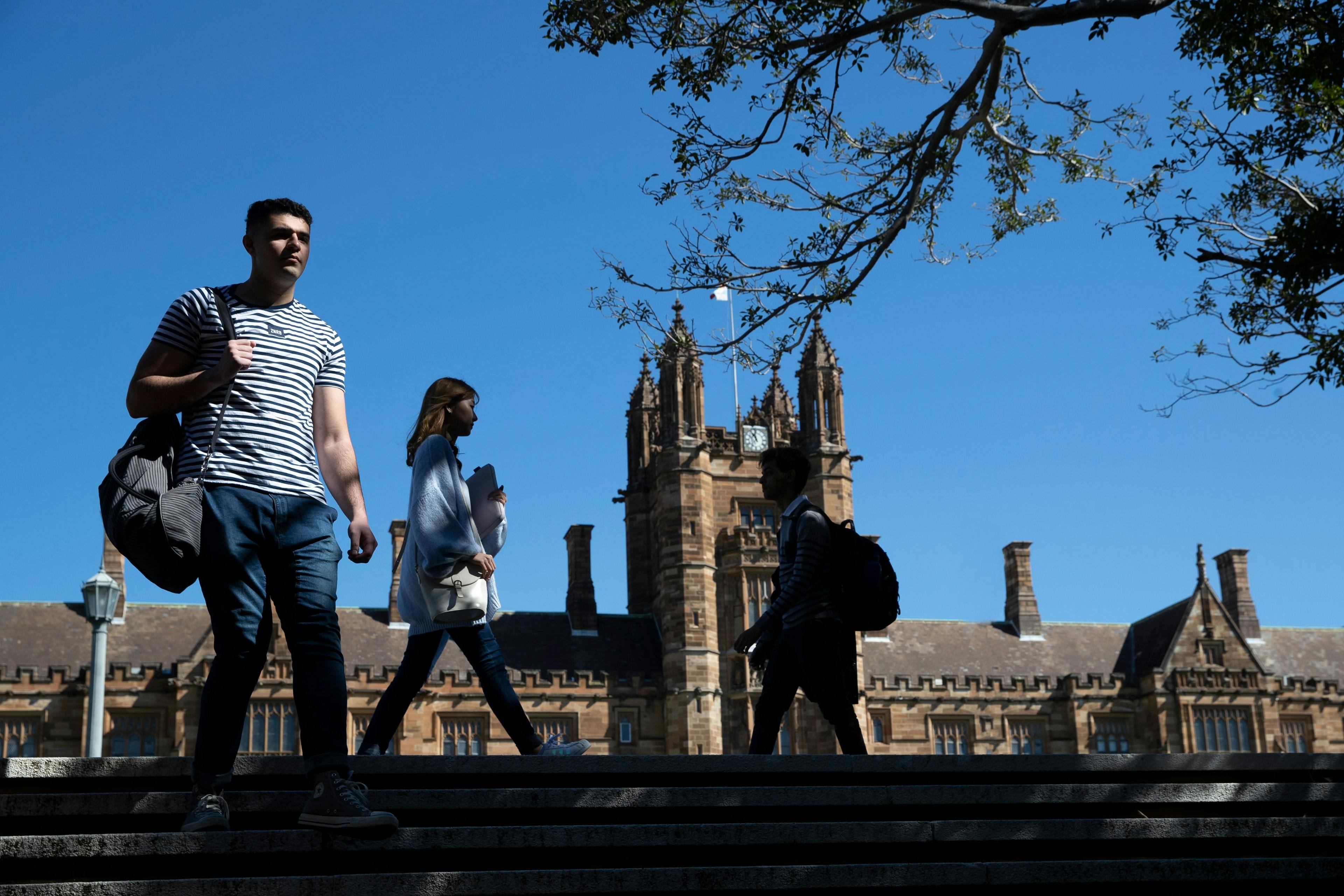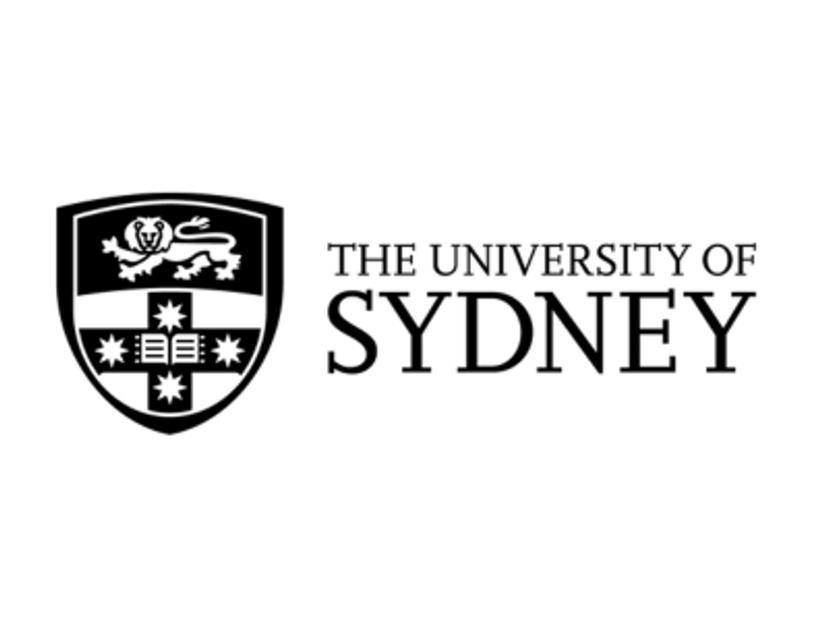Abstract
COVID has taught us that there is an urgent need for convergence in the medical and life science sectors (where R&D, start-ups, biotech, pharma, and digital platforms) all need to come under one umbrella for efficient delivery and effective responsiveness. Investments are urgently needed towards innovative healthcare solutions and building an adaptable health workforce that can respond to society’s evolving needs.

An integrated way of working together which involves sharing of skills, resources, infrastructure, and exclusive knowledge. This case study shares the successful story of the University of Sydney’s Faculty of Medicine and Health’s partnership with the Public Health Foundation of India (PHFI), that is driven by workforce capacity building, educational innovation and research opening new pathways to health and wellbeing.
Introduction
The University of Sydney (USYD) is Australia’s first university, with over 170 years’ experience in research and teaching. They are ranked in the world's top 50 universities for more than 35 subjects, and in the recent 2024 QS world rankings they appeared within the top 20 universities worldwide.
“Our vision for the next decade is unashamedly aspirational: to be known as a place where our education is transformational, where our community thrives through diversity, and our research tackles the world’s greatest challenges. Whether in small steps, or giant leaps, the things we do today will change tomorrow. When leadership is for all of us, it is leadership for good.”

The University is committed to deeper engagement with India by investing in research, collaborating with industry partners and supporting students to achieve their full potential. Their foreign initiatives span a range of activities, with 80+ research collaborations across India in the fields of public health, One Health, environmental sciences, energy, sustainability, agriculture and entrepreneurship. They have educational partnerships in health, law and business and provide a multitude of scholarships for Indian students.
USYD's Faculty of Medicine and Health (FMH) is focused on making and shaping the future of global healthcare.
The faculty understands that healthcare, both in Australia and overseas, is undergoing significant change. They are committed to leading this change, by educating and shaping future healthcare professionals and reimagining the way healthcare is delivered. The faculty unites various health disciplines, fostering a collaborative, multidisciplinary approach to address contemporary healthcare challenges and improve health outcomes for all.
Engagement With India's Public Health Foundation
USYD’s FMH engaged with its Indian partner organisation, the Public Health Foundation of India (PHFI), to develop an education program and build capacity amongst their workforce. Founded in 2006, the PHFI is India’s key public health institution, providing a platform for education, training, research, and practice in the field of public health. PHFI was chosen, due to their mandate to build public health capacity in India and presence across the country through their five Indian Institutes of Public Health (IIPH) located in Delhi, Hyderabad, Gandhinagar, Bhubaneswar, and Shillong. These five IIPHs conduct interdisciplinary and health system-connected education and training, policy, and programme relevant research in prioritised areas of public health. Over the past decade, PHFI has been transforming India’s public health environment, engaging a wide array of stakeholders including federal and state governments, national and international donors, civil society, academic and research institutions, and the communities that PHFI works with.
“We planned to develop institutional and workforce capacity to design, develop and deliver an eLearning course with a focus on HIV and Sexually transmitted infections as a thematic area” – A/Prof Shailendra Sawleshwarkar, Director of Academic Education and Postgraduate Coursework, Sydney Medical School, Faculty of Medicine and Health, The University of Sydney
International education is Australia’s 4th largest export, and the University has decades of experience partnering with international organisations. A ‘Build, Operate and Transfer’ model was used to develop their eLearning course in HIV and STIs with PHFI based at the IIPH in New Delhi. The goal of this model was to build a program in partnership that meets the needs of both organisations, ensure it is effectively operating and then transfer it to the partner organisation to run independently. The model created through this mutual partnership, guided by the University’s international strategies, and further shaped through in person visits to India, led by the University’s medical school and senior leadership delegations. Together, USYD and PHFI applied for competitive funding to bring the program to life. Funding was secured through the Australian government programs: Australia Leadership Awards Fellowships (ALAF) and Public Sector Linkages Program (PSLP), funded by Department of Foreign Affairs and Trade (DFAT).
“The program ran in two concurrent themes of building capacity of individuals through ALAF and building institutional capacity to develop the eLearning courses. We didn’t choose to set up a campus or office at PHFI or any of their IIPHs, as the idea of this partnership was about local capacity building and partnership around the future of public health education. We planned to develop deeper engagement with few select partner institutions and PHFI was a natural choice in the field of public health education and research.”
Since its inception, one of PHFI's central focuses has been on enhancing the expertise and capabilities of its staff, both within PHFI and the IIPHs. These initiatives have led to the development of expertise in designing and delivering online programs, resulting in the creation of one of PHFI's first online educational program. This has also laid the foundation for a comprehensive suite of online courses offered by PHFI. Over the past two decades, digital technologies and platforms have undergone significant transformations, presenting opportunities to bridge knowledge and skill gaps among healthcare professionals. Online education is of dominant consequence in the Indian context due to its scalability, cost-effectiveness, and the potential to reach remote regions, while allowing workers to remain in their local settings.
“Addressing the need for more and desired skilled health professionals calls for large-scale use of digital tools, online or blended pedagogies, access to high-quality online educational resources and a staff trained in the use of digital technologies. Our project assisted in building capacity for educational program in online and blended formats at PHFI.” – Professor Sanjay Zodpey, President, Public Health Foundation of India
“Initial thoughts were to develop a program that could be delivered in an online format. But we soon realised that addressing the need for greater numbers of highly skilled health professionals calls not only for large-scale use of digital tools, but staff trained in the use of digital technologies and online or blended pedagogies, as well as having access to high-quality online educational resources.”
“We then applied for funding to building capacity of faculty in the thematic area of HIV, but also in educational program development and digital technologies.”
The project assisted in building capacity for PHFI to offer educational programs online and in blended formats. As a part of wider capacity building initiatives, and after consultation with partners, the project was expanded to include professionals from other affiliated organisations. This allowed affiliated institutions to build leaders who could improve health services in thematic areas of HIV and STIs and other key global health challenges, and also resulted in the development of further health professional education at PHFI and partner organisation sites

“Upon reflection, this strategy was very successful in engaging leaders across a number of higher education institutions in India and building a future public health faculty focused on high quality education.”
The project highlighted to the University that capacity building in India holds paramount importance, foreseeing it as a catalyst for nurturing stronger academic collaborations with PHFI and other affiliated organisations.
The pressing need for a public health workforce equipped with global perspectives, and the ability to adapt training to address complex challenges remains a critical concern in India. Among the raised concerns was the overreliance on external funding models and resources to sustain this partnership.
Efforts were initiated to explore funding alternatives, initially looking into DFAT funding options and also formulating plans to investigate more sustainable bilateral funding models through educational and research partnerships, which may include engaging with philanthropic sources.
Opportunities For The Future
The World Health Organization (WHO) anticipates a potential deficit of 15 million healthcare professionals by the year 2030, primarily affecting nations with lower income levels. The Working for Health Action Plan for the period 2022 to 2030 outlines strategies for countries to enhance, expand, and consolidate their healthcare workforce. This approach is being actively implemented to tackle the pressing global shortage of healthcare workers, fostering collaboration, and adhering to the Sustainable Development Goals (SDGs), particularly SDG17.
Australia’s India Economic Strategy Update (IES) to 2035, suggests that online education will be crucial if India is to meet its massive education needs of the aspirational youth, and Australia should work more closely with India in this area. By 2030, the country aims to lift the enrolment rate in higher education more broadly to 50 percent, which would mean that one in four graduates in the world would be a product of the Indian higher education system.
Under India’s New Education Policy, Australia can support India in building its medical and life science workforce through its health education and skills development courses, whether that is via full postgraduate degrees or short courses and online programs. India can also explore Australia’s expertise in delivering healthcare to remote areas and employing data analytics techniques to predict future demand for health.
Indian institutions can learn from Australia’s research ecosystem, which has witnessed strong medical and life science acceleration in the academic system, followed by vibrant spinouts, facilitated by university-industry partnerships.
India today, is widely called the ‘pharmacy of the world,’ with its strong domestic presence and global exports. India’s pharmaceutical strength can be understood from the huge presence of over 3,000 pharma companies, with over 10,000 manufacturing facilities. It is the source of 60,000 generic brands across 60 therapeutic categories. With its low cost of manufacturing (33 percent lower than that of the US), India caters to the need of over 50 percent of the global demand for vaccines. 40 percent of generic drugs in the US and over 25 percent of all the medicines in the UK are exported from India. India ranks 3rd worldwide for production by volume and 13th by value. Out of the top 20 global generic companies, 8 are from India. The Indian government has also announced a US$394 million scheme to promote the development of three industrial parks focused on the manufacturing of APIs and bulk drugs.
On the other side, Australia is in the top 10 most competitive locations for R&D development. The Australian biotech sector has attracted great interest from pharmaceutical companies around the world wanting to invest. Beyond biopharma, which constitutes 69 percent of the Australian biotech sector, Australia is making its presence felt globally in marine biotechnology, dairy biotechnology, environmental, sustainable water use, agricultural and industrial biotechnology.

Australia and India can work together on the launch of new chemical entities, complex generics, drug discovery, translational research, community health delivery and the incremental innovation of R&D products. India offers cost effective opportunities for commercialisation and scaling up of technology, supplemented by its large and diverse demographic profile, which could offer lower cost and more time efficient drug recruitment and clinical trials.
Planning Ahead
Affordability, accessibility, and quality are at the very core of India’s healthcare vision. What is required between Australia and India is a deep awareness and recognition of each other’s strengths, creating sustainable institutional channels of engagement and embracing new business models driven by digital technology and artificial intelligence.
“In our case PHFI was a natural fit and the relationship has strengthened over time. We have remained focused on this partnership and despite funding fluctuations, we remain committed to a mutually beneficial outcome and remain engaged in dialogue across a range of public health fields.”
Key takeaways for universities seeking partnerships in India, from this case study are –
- Developing deeper engagement between individuals and institutions, and working with the organisation to understand their needs and align it with your strategy
- Supporting the mobility of staff both ways is an important factor to develop trust and understanding of local context
- Finding the right partner in terms of context, need, capacity and scale
- Bilateral trade agreements help promote cooperation in the education and health sectors by facilitating student exchanges, joint research programs, knowledge sharing through virtual roundtables and in person meetings, and the mutual recognition of qualifications.
“If we could go back in time, we would have loved to create a broader platform for engagement across our organisation, instead of focusing on one aspect or unit (i.e., expanding from health into other disciplines). This would have allowed us to share our knowledge with others also working with Indian partners and develop a stronger whole-of-organisation and country-level engagement.”
Encouraging collaboration between universities, research institutions, and healthcare industries can lead to breakthroughs, economic growth, and improved quality of life which is an aspiration for both Australia and India.

